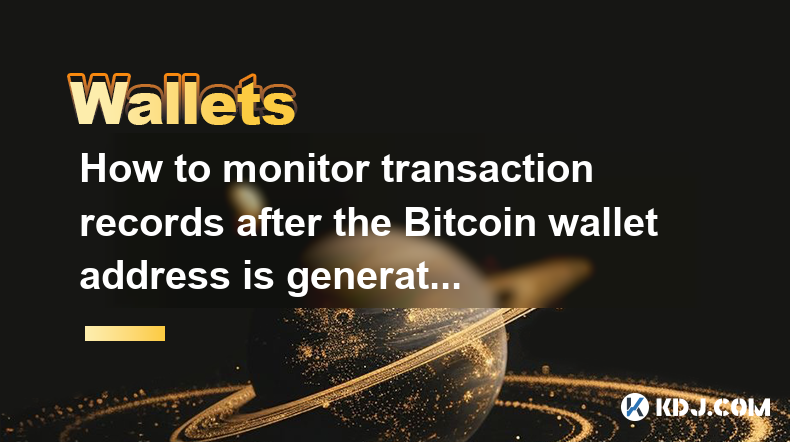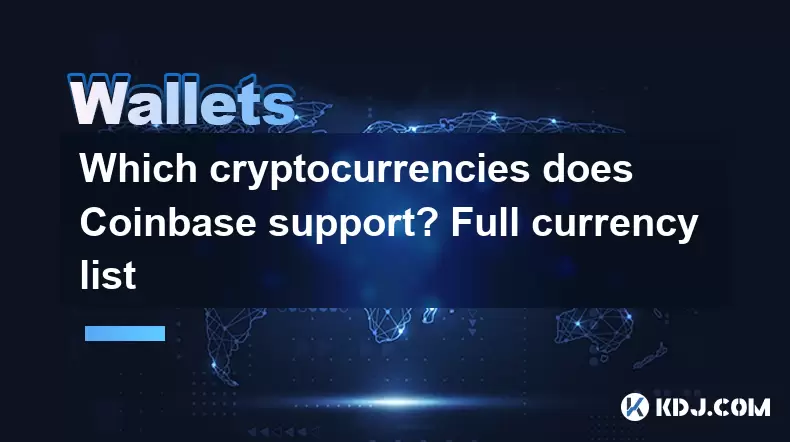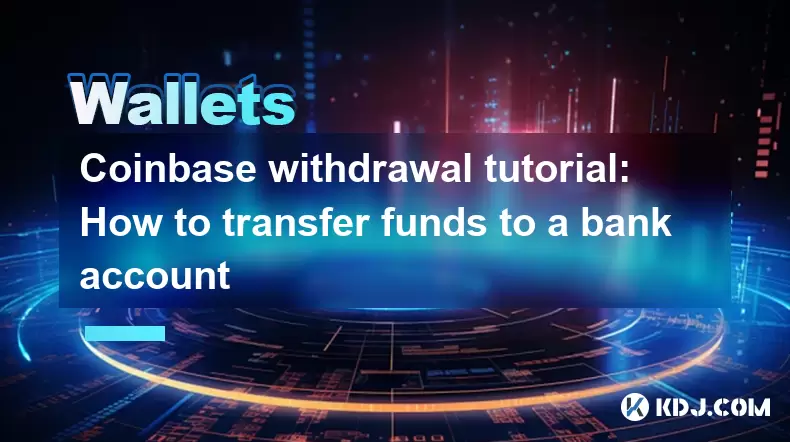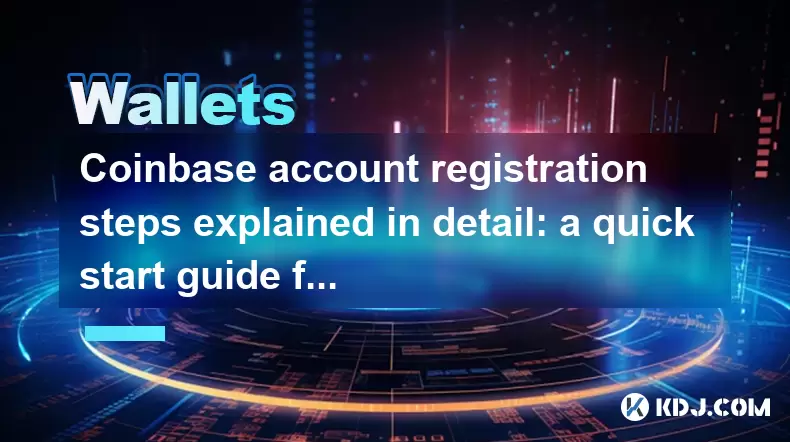-
 Bitcoin
Bitcoin $107,352.1067
0.28% -
 Ethereum
Ethereum $2,429.3531
-0.90% -
 Tether USDt
Tether USDt $1.0001
-0.02% -
 XRP
XRP $2.1894
4.62% -
 BNB
BNB $646.7968
0.36% -
 Solana
Solana $147.4290
4.03% -
 USDC
USDC $0.9998
-0.02% -
 TRON
TRON $0.2756
1.52% -
 Dogecoin
Dogecoin $0.1630
1.14% -
 Cardano
Cardano $0.5612
1.18% -
 Hyperliquid
Hyperliquid $37.0580
-0.05% -
 Bitcoin Cash
Bitcoin Cash $496.9410
-0.09% -
 Sui
Sui $2.7318
3.19% -
 Chainlink
Chainlink $13.1503
0.58% -
 UNUS SED LEO
UNUS SED LEO $9.0766
0.55% -
 Avalanche
Avalanche $17.7220
1.46% -
 Stellar
Stellar $0.2380
1.52% -
 Toncoin
Toncoin $2.8439
0.38% -
 Shiba Inu
Shiba Inu $0.0...01143
1.84% -
 Litecoin
Litecoin $85.8053
1.47% -
 Hedera
Hedera $0.1483
2.70% -
 Monero
Monero $314.3240
2.12% -
 Bitget Token
Bitget Token $4.6725
0.77% -
 Dai
Dai $1.0000
0.00% -
 Polkadot
Polkadot $3.3555
1.28% -
 Ethena USDe
Ethena USDe $1.0001
0.02% -
 Uniswap
Uniswap $7.0890
2.64% -
 Pi
Pi $0.5355
-3.40% -
 Pepe
Pepe $0.0...09393
1.06% -
 Aave
Aave $256.8136
-1.90%
How to monitor transaction records after the Bitcoin wallet address is generated?
Monitor Bitcoin transactions via blockchain explorers like Blockchain.com, or through your wallet's built-in history. Understand transaction fees, confirmation times, and privacy implications when using public explorers.
Mar 11, 2025 at 06:35 am

Key Points:
- Understanding Bitcoin transaction monitoring relies heavily on blockchain explorers.
- Multiple blockchain explorers offer varying features and levels of detail.
- Privacy considerations are crucial when monitoring transactions publicly.
- Third-party wallet apps often provide built-in transaction history viewing.
- Understanding transaction fees and confirmation times is essential.
How to Monitor Transaction Records After the Bitcoin Wallet Address is Generated?
Generating a Bitcoin wallet address is just the first step. Understanding how to monitor transactions associated with that address is crucial for managing your funds and ensuring security. This involves utilizing blockchain explorers and potentially your wallet software. The blockchain, a public ledger, records every Bitcoin transaction.
The most common method for monitoring Bitcoin transactions is through blockchain explorers. These are websites that allow you to search for transactions using a Bitcoin address. Popular examples include Blockchain.com, Block Explorer, and many others. Simply input your address, and the explorer will display all incoming and outgoing transactions linked to it.
Each transaction displayed on the explorer will show various details. This typically includes the transaction ID (TxID), the timestamp, the amounts sent and received, the transaction fees, and the addresses involved. Understanding these details helps you track your funds and identify potential issues.
The level of detail provided can vary across different blockchain explorers. Some offer more advanced features, such as visualizing transaction graphs and providing historical data on the address activity. Choosing the right explorer often depends on your specific needs and preferences.
Many Bitcoin wallets provide built-in transaction history features. These features usually offer a simpler interface than blockchain explorers, showing only transactions related to your specific wallet. This is often more convenient for regular monitoring of your balance and transactions. However, they may not offer the same level of detail as a blockchain explorer.
When monitoring transactions, it's essential to understand transaction fees (fees paid to miners for processing transactions) and confirmation times (the time it takes for a transaction to be permanently recorded on the blockchain). Higher fees typically result in faster confirmation times.
Privacy is a key consideration when using blockchain explorers. While the Bitcoin blockchain is public, your personal information is not directly linked to your wallet address. However, repeated transactions from the same address can potentially reveal patterns in your spending habits.
Understanding Transaction Confirmation:
Before a transaction is considered final and irreversible, it must be included in several blocks of the blockchain. This process is known as confirmation. Generally, six confirmations are considered sufficient to ensure the transaction’s security, although some users prefer more.
The time it takes for a transaction to receive confirmations depends on the network's congestion and the transaction fee. Higher fees incentivize miners to prioritize your transaction, resulting in faster confirmation times. You can monitor the confirmation status of your transactions through both blockchain explorers and your wallet software.
Security Considerations:
Never share your private keys or seed phrases with anyone. These are crucial for accessing your Bitcoin. Be wary of phishing scams attempting to obtain this information. Use strong passwords and enable two-factor authentication whenever possible to enhance security.
Regularly back up your wallet. Losing access to your wallet can result in the irreversible loss of your Bitcoin. Employ a secure backup method to ensure you can recover your funds if necessary. Choose a reputable and secure wallet provider.
Using Different Blockchain Explorers:
While many explorers provide similar core functionality, their interfaces and features can vary. Some offer advanced analytics, historical data, and even visualization tools. Exploring different explorers allows you to find one that best suits your preferences and technical expertise. Experimentation is key to finding the best fit.
Third-Party Wallet Applications:
Many third-party wallet applications offer comprehensive transaction monitoring features. These often include a simplified interface, notifications for new transactions, and potentially even advanced analytics. Always ensure you download wallet applications from official sources to avoid malware.
Frequently Asked Questions:
Q: How often should I monitor my Bitcoin transactions?
A: The frequency depends on your activity. If you frequently send and receive Bitcoin, more frequent monitoring is advisable. For less frequent users, a less regular check is sufficient.
Q: What if I see an unexpected transaction on my Bitcoin address?
A: Immediately investigate the transaction details. If you suspect unauthorized access, secure your wallet, change your passwords, and contact support if using a third-party service.
Q: Can I monitor transactions without using a blockchain explorer?
A: Yes, most Bitcoin wallets provide their own transaction history. However, blockchain explorers offer more comprehensive details.
Q: Are all blockchain explorers equally reliable?
A: While most reputable explorers are reliable, it's always good practice to use multiple explorers to verify transaction information.
Q: What does a "unconfirmed" transaction mean?
A: An unconfirmed transaction has not yet been included in a block on the blockchain. It remains pending until miners process it.
Q: How can I improve the privacy of my Bitcoin transactions?
A: Using a mix of addresses for different transactions and employing privacy-enhancing technologies can help obscure your transaction patterns.
Q: Is it possible to reverse a Bitcoin transaction?
A: No, Bitcoin transactions are generally irreversible once confirmed on the blockchain.
Q: What if I lost access to my Bitcoin wallet?
A: If you have a secure backup of your wallet, you can recover access. Otherwise, the Bitcoin may be lost permanently.
Disclaimer:info@kdj.com
The information provided is not trading advice. kdj.com does not assume any responsibility for any investments made based on the information provided in this article. Cryptocurrencies are highly volatile and it is highly recommended that you invest with caution after thorough research!
If you believe that the content used on this website infringes your copyright, please contact us immediately (info@kdj.com) and we will delete it promptly.
- RUVI Token Soars: Can It Eclipse Cardano's Forecast?
- 2025-06-29 02:30:12
- Meme Coin Mania: Can Little Pepe Outshine Shiba Inu and Dogecoin?
- 2025-06-29 02:30:12
- XRP Tokens: Navigating Financial Status and the Art of Buying In
- 2025-06-29 02:50:12
- Transparent Fees, Trading Power, No Surprises: LeveX's Honest Approach
- 2025-06-29 02:50:12
- DAO Price, Total Value Locked, and All-Time Highs: What's Driving the DeFi Surge?
- 2025-06-29 03:21:18
- BlockDAG, Polygon, Render, and Polkadot: Navigating the Altcoin Landscape in NYC Style
- 2025-06-29 03:21:18
Related knowledge

How to stake cryptocurrencies on Coinbase? Benefits and risks
Jun 27,2025 at 06:36pm
Understanding Cryptocurrency Staking on CoinbaseStaking cryptocurrencies involves locking up digital assets to support the operations of a blockchain network, typically in return for rewards. Coinbase, one of the most popular cryptocurrency exchanges globally, offers staking services for several proof-of-stake (PoS) coins. Users can stake their holdings...

How to contact Coinbase customer service? Support channels and response times
Jun 28,2025 at 01:29pm
Contacting Coinbase Customer Service: Support Channels and Response TimesIf you're a user of Coinbase, reaching their customer service team may become necessary for various reasons, such as account verification issues, transaction disputes, or technical difficulties. Understanding the different support channels available and what to expect in terms of r...

Coinbase advanced trading function usage tutorial: limit orders and market orders
Jun 28,2025 at 09:07pm
Understanding the Difference Between Limit Orders and Market OrdersWhen using Coinbase's advanced trading features, it is crucial to understand the fundamental difference between limit orders and market orders. A market order executes immediately at the best available price on the market. This type of order ensures that your trade goes through quickly, ...

Which cryptocurrencies does Coinbase support? Full currency list
Jun 28,2025 at 08:36am
Overview of Cryptocurrencies Supported by CoinbaseCoinbase is one of the most popular and trusted cryptocurrency exchanges globally. It provides users with a platform to buy, sell, trade, and store various digital assets. As of the latest updates, Coinbase supports over 200 cryptocurrencies, including major ones like Bitcoin (BTC), Ethereum (ETH), and L...

Coinbase withdrawal tutorial: How to transfer funds to a bank account
Jun 28,2025 at 02:35am
Understanding Coinbase WithdrawalsCoinbase is one of the most widely used cryptocurrency platforms, allowing users to buy, sell, and store digital assets. Once you've successfully traded or held your crypto on Coinbase, the next logical step may be to withdraw funds to a bank account. This process involves converting your cryptocurrency into fiat curren...

Coinbase account registration steps explained in detail: a quick start guide for beginners
Jun 29,2025 at 03:00am
Understanding the Coinbase PlatformCoinbase is one of the most popular and trusted cryptocurrency exchanges in the world. It allows users to buy, sell, store, and manage various cryptocurrencies with ease. For beginners, understanding how to create a Coinbase account is the first crucial step toward entering the world of digital assets. Before diving in...

How to stake cryptocurrencies on Coinbase? Benefits and risks
Jun 27,2025 at 06:36pm
Understanding Cryptocurrency Staking on CoinbaseStaking cryptocurrencies involves locking up digital assets to support the operations of a blockchain network, typically in return for rewards. Coinbase, one of the most popular cryptocurrency exchanges globally, offers staking services for several proof-of-stake (PoS) coins. Users can stake their holdings...

How to contact Coinbase customer service? Support channels and response times
Jun 28,2025 at 01:29pm
Contacting Coinbase Customer Service: Support Channels and Response TimesIf you're a user of Coinbase, reaching their customer service team may become necessary for various reasons, such as account verification issues, transaction disputes, or technical difficulties. Understanding the different support channels available and what to expect in terms of r...

Coinbase advanced trading function usage tutorial: limit orders and market orders
Jun 28,2025 at 09:07pm
Understanding the Difference Between Limit Orders and Market OrdersWhen using Coinbase's advanced trading features, it is crucial to understand the fundamental difference between limit orders and market orders. A market order executes immediately at the best available price on the market. This type of order ensures that your trade goes through quickly, ...

Which cryptocurrencies does Coinbase support? Full currency list
Jun 28,2025 at 08:36am
Overview of Cryptocurrencies Supported by CoinbaseCoinbase is one of the most popular and trusted cryptocurrency exchanges globally. It provides users with a platform to buy, sell, trade, and store various digital assets. As of the latest updates, Coinbase supports over 200 cryptocurrencies, including major ones like Bitcoin (BTC), Ethereum (ETH), and L...

Coinbase withdrawal tutorial: How to transfer funds to a bank account
Jun 28,2025 at 02:35am
Understanding Coinbase WithdrawalsCoinbase is one of the most widely used cryptocurrency platforms, allowing users to buy, sell, and store digital assets. Once you've successfully traded or held your crypto on Coinbase, the next logical step may be to withdraw funds to a bank account. This process involves converting your cryptocurrency into fiat curren...

Coinbase account registration steps explained in detail: a quick start guide for beginners
Jun 29,2025 at 03:00am
Understanding the Coinbase PlatformCoinbase is one of the most popular and trusted cryptocurrency exchanges in the world. It allows users to buy, sell, store, and manage various cryptocurrencies with ease. For beginners, understanding how to create a Coinbase account is the first crucial step toward entering the world of digital assets. Before diving in...
See all articles

























































































